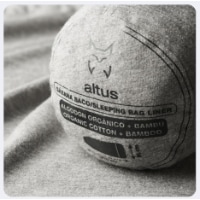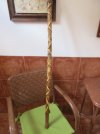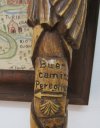I'm aware that lots of people swear by using hiking poles (one in each hand and made from aluminum I think) and I'm seriously considering using them.
I think though that I'd like to go old school and use a wooden hiking stick (or staff). Is that a good idea or am I just being romantic?
If I do, I think I'd prefer a single piece that I won't be able to take as carry on. Will I be able to get one in France before starting in SJPP and taking the Napoleon pass? Or am I better to buy one here that can be disassembled for the flight?
I think though that I'd like to go old school and use a wooden hiking stick (or staff). Is that a good idea or am I just being romantic?
If I do, I think I'd prefer a single piece that I won't be able to take as carry on. Will I be able to get one in France before starting in SJPP and taking the Napoleon pass? Or am I better to buy one here that can be disassembled for the flight?






























